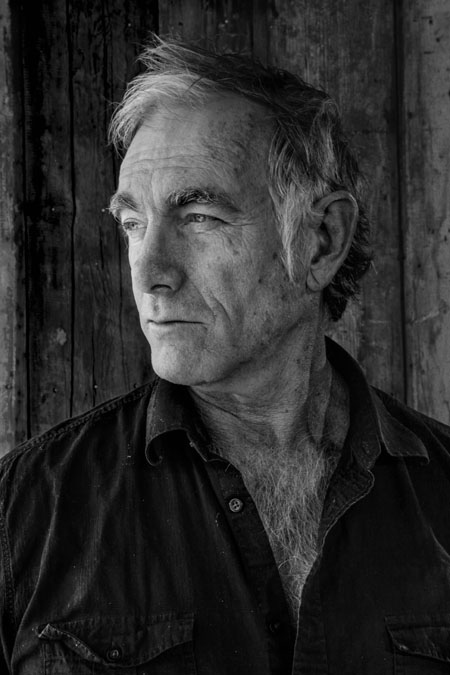
This article originally appeared on CinemaRetro
By Mark Cerulli
The interview was set for 10:30 AM. Usually they run a few minutes late as the celebrity works his way through a call list. When the moment arrives an assistant handles the intros. Not this time. At precisely 10:30:00, the phone rang and iconic Indie filmmaker John Sayles introduced himself. And why not? A no-nonsense, get- it -done type of auteur, Sayles handles his own publicity calls and was keen to discuss his remarkable and varied career in advance of a weekend retrospective at LA’s Cinefamily February 18 – 20
Sayles broke into the business, like so many before him, by working with genre legend Roger Corman who figuratively and literally wrote the book on low budget filmmaking. “I got very lucky, didn’t realize it at the time, “Sayles recalls. “I wrote three screenplays (Piranha, The Lady in Red and Alligator) and had them all made into movies within the year.” The experience helped shape him as a filmmaker. “A lot of it was learning what you had to have money for and what was just labor intensive. What can you do with just good ideas and hard work?”
He immediately put his guerilla filmmaking chops to good use. “My first movie (1979’s Return of the Secaucus Seven) cost under $100,000 and was shot in five weeks, my last movie (2013’s Go For Sisters) was under $1 million and was shot in four weeks.”
Sayles’ facility for the unique language of screenplays served him well over the years. His ”For Hire” literary work on features like The Howling (1981), The Challenge (1982) and The Clan of the Cave Bear (1986) provided much-needed capital so he could make his movies like Baby, It’s You (1983), Matewan (1987), Lonestar (1996) and others. He also wrote an early draft of a Spielberg sci-fi concept called Night Skies that later became the worldwide phenomenon known as E.T. (Presumably that helped finance many a can of raw stock!) Through all of his projects Sayles keeps an eye on the bottom line, asking himself, “How am I going to tell this story with the means I have… and pay people decently and have it be a livable experience?”
People at every level of the film industry will tell you that “the business” has changed. Sayles has directed 18 films in a thirty year career and has his own take on how today’s new technology has impacted the new indie voices trying to get heard… “Technology has made filmmaking so much more democratic. We were just at Sundance and they get 2000-3000 feature films submitted every year. When we started out, that would’ve been a dozen. It’s much easier to make a movie, but there’s a bottleneck in distribution.”
Sayles has made his name by telling highly personal stories that get his attention. “Generally it’s something that I know enough about to be interested in, but not so much about that there’s no investigation left.” Then he asks himself two important questions – “What do I really think about this?” and “What really did go on here?” Sayles is drawn to characters who feel, “Oh my God, if I turn left it’s not very good and if I turn right it’s not very good.” He cites his 2010 film Amigo, set in the 1900 Filipino-American war. His main character is a small town mayor who finds himself walking a razor’s edge when American troops take over his town. “How much can I cooperate without collaborating… that’s not a tenable position,” is how Sayles describes the situation. “That’s a real moral dilemma!” he adds.
When hunting for material, Sayles frequently turns to history. “History is full of great stories and you don’t have to make much stuff up,” the auteur explains. He dipped back into history for his current project titled To Save The Man. It is set at the Carlisle Indian Industrial School in 1890 where young Native Americans from various tribes were sent to suppress their unique culture and become, essentially, “white”. According to Sayles, it’s “…political as well as being a high school story and it’s set in the year of Wounded Knee.” Sayles is now engaged in the arduous task of raising money to make their summer start date. But even with all the hardships of modern indie filmmaking, Sayles is grateful for every chance to get behind a camera. “If you get to make a movie, that’s a great thing.” And John Sayles has made some great movies.
Posted By
Mark
Categories
Uncategorized